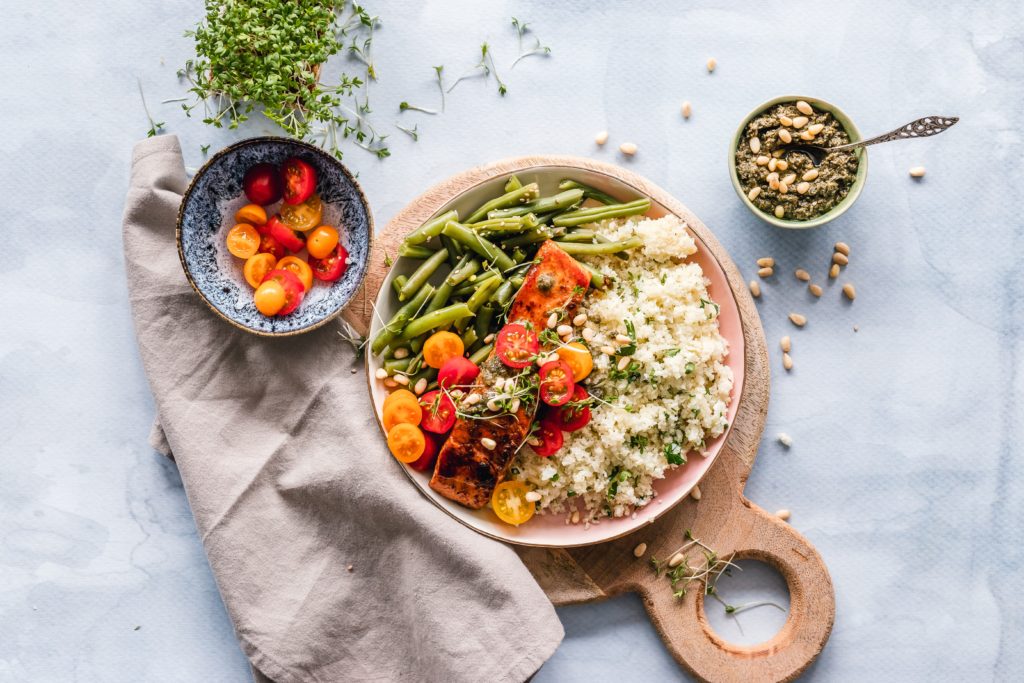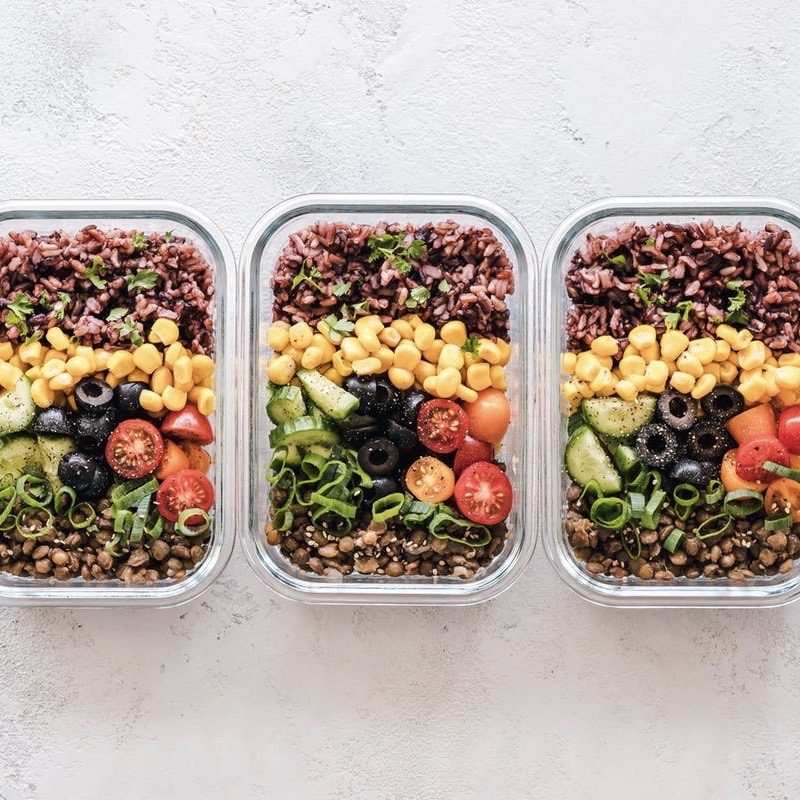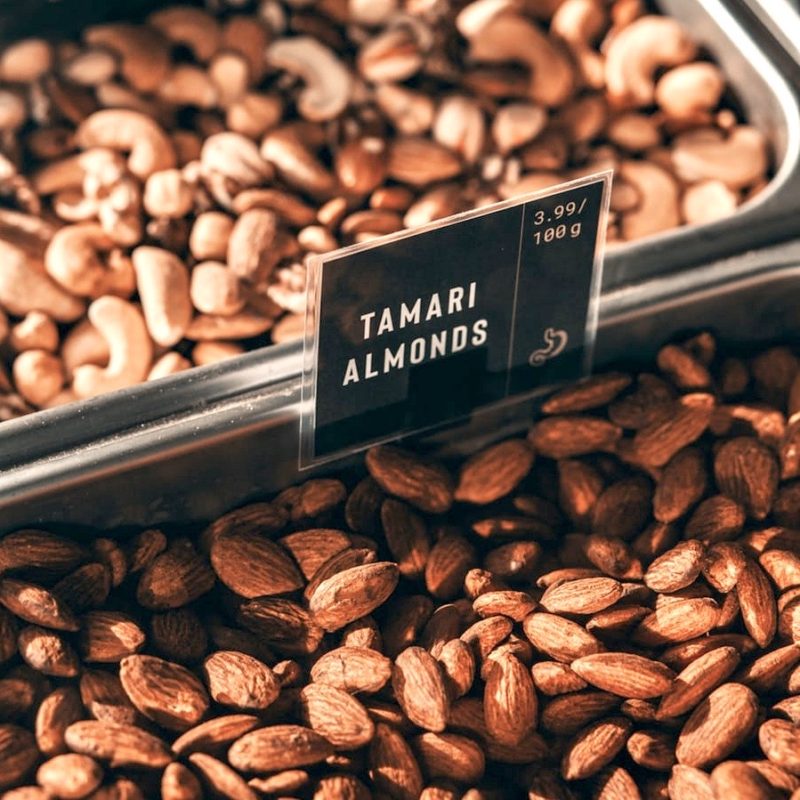
You know protein is a crucial nutrient that benefits your body — from the strength of your muscles to the health of your skin, hair and nails. But, making sure you’re getting enough is more a matter of quality over quantity. Here’s why . . .
Bound together in long chains called amino acids, these molecules support the body’s ability to repair tissue, regulate hormones, fight infection and produce feel-good neurotransmitters. There are nine essential amino acids, each with a different function, and therefore, each with it’s own deficiency symptoms and associations which I’ve outlined below. Still, the key to making sure you get enough each day is to simply eat a variety of foods: fruits, vegetables, seaweed, leafy greens, nuts, seeds, whole grains and legumes. Since every food has at least one or more important amino acid, the more variety of natural, plant and whole grain meals you eat, the more likely you’re getting everything you need.
The 9 Essential Amino Acids
1. Methionine
+ Role: Production of bone cartilage + anti-inflammatory, pain-relieving
+ Helps hormonal balance and immune system
+ Source: Walnuts, seaweed, onions, sunflower seeds, Brazil nuts (highest concentration of Methionine)
2. Phenylalanine
+ Role: Functioning of the central nervous system
+ Helps nervous system and mental sharpness
+ Source: Quinoa, figs, leafy greens, seeds
3. Isoleucine
+ Role: Immune system, hormonal balance, and muscle structure + branched-chain amino acid, BCAA (preventsmuscle loss)
+ Helps body recover quickly from workout as well as a cold/flu
+ Source: Cranberries, apples, kiwis, cabbage, spinach, almonds, cereal grains
4. Threonine
+ Role: Heart and liver health elasticity and tissue health
+ Helps body’s collagen production
+ Source: Leafy greens, mushrooms, avocados, pumpkins. white beans
5. Tryptophan
+ Role: Serotonin production (neurotransmitter)
+ Helps you stay positive, happy and motivated
+ Source: legumes, asparagus, sweet potatoes, oranges, celery, carrots
6. Leucine
+ Role: Muscle strength and growth + fat burning, blood sugar and insulin regulation
+ Helps build muscle, energy levels, healing process
– Source: Seaweed, kidney beans, olives, raisins, pumpkin, peas
7. Histidine
+ Role: Key role in oxygenation (hemoglobin)
+ Helps mental and motor functions, blood flow
+ Source: Leafy greens, mushrooms, avocados, cauliflower, corn, cantaloupe
8. Valine
+ Role: Boosts energy and endurance levels for daily activities and physical exercise.
+ Helps with endurance, physical fitness
+ Source: Mushrooms, oranges, apples, cranberries, apricots, seeds (sesame, hemp, and chia)
9. Lysine
+ Role: Immune health, specifically developing antibodies.
+ Helps you remain virus/infection free
+ Source: Beans, lentils, quinoa, watercress, parsley, beans, avocado, seeds (especially pumpkin seeds)
In many cases, the amino acid that’s missing from plant-based foods is either lysine or methionine. For example, legumes and vegetables are low in methionine, whereas grains, nuts and seeds are low in lysine, but do contain methionine (via Livestrong.org).
Again, to ensure you’re covering your bases, eat a wide variety of plants, grains, nuts & seeds and legumes. Making combinations from the source lists above is a great place to start. Here are a few other ideas:
Vegan Foods & Food Combos with all Nine Essential Amino Acids
+ Hummus and pita
+ Beans with rice
+ Sprouted-grain bread (like Ezekiel bread)
+ Peanut butter and grains ie. toast, english muffin, oatmeal
+ Edamame
+ Seitan, tofu, tempeh
+ Sprouted brown rice
+ Farro
+ Quinoa
+ Buckwheat
+ Chia seeds
+ Hemp seeds
+ Pumpkin seeds
For reference, common non-vegan proteins include:
+ Dairy: Milk, cheese, yogurt, cottage cheese
+ Egg
+ Seafood
+ Poultry

